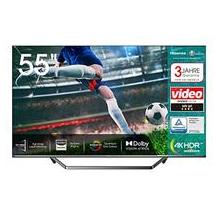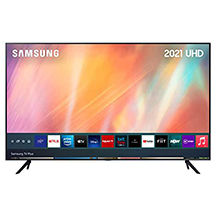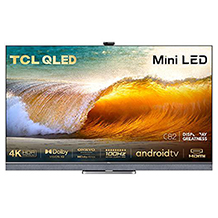LED TV purchasing advice: how to choose the right product
- What You Need to Know
- TV sets with LED technology are much more energy-efficient than plasma TVs.
- LED TVs are available in different sizes (24 to 98 inches) and models (from HD to Ultra-HD).
- Newer LED technologies, such as OLED or QLED, provide better picture quality.
LED TVs: the new TV generation
LED TVs have been the new TV generation for several years now. They replaced the previously popular plasma TVs. The picture quality is even better than that of plasma sets, and LED TVs are also much more energy-efficient. Compared to plasma TVs, today’s LED TVs can do even more: most of them are internet-compatible and equipped with many other features.
As the name suggests, LED TVs use LEDs either for backlighting or for direct display of the picture. Strictly speaking, an LED TV is an LCD TV because it is equipped with an LC display. About ten years ago, LCD TVs were still very popular in German households. However, LEDs were not yet installed in these models. The term “LED TV” was actually only coined because LEDs are now installed in newer LCD TVs instead of fluorescent tubes. In the meantime, there are also new LED technologies that are gradually replacing the first LED generation.
Hardly any household without a television
The Federal Statistical Office has conducted research: in 2016, around 98 percent of all households in Germany owned at least one TV set. Between 2011 and 2016, i.e. within five years, the popularity of flat-screen TVs increased rapidly. While 48.7 percent of the TV sets in German households were flat-screen TVs in 2011, 84.4 percent were flat-screen TVs in 2016 – and the trend is still rising. The flat-screen TV took first place in the area of consumer electronics in private households in 2016. The statistics also revealed that many households own more than one TV set.
Spoilt for choice
Modern LED TVs are available in various designs and sizes. The models often differ in only small but important details. Different resolutions and display technologies can confuse some consumers, so that at first they don’t know which LED TV is the right one for them. The following buying guide shows what is important to make the purchase decision a little easier.
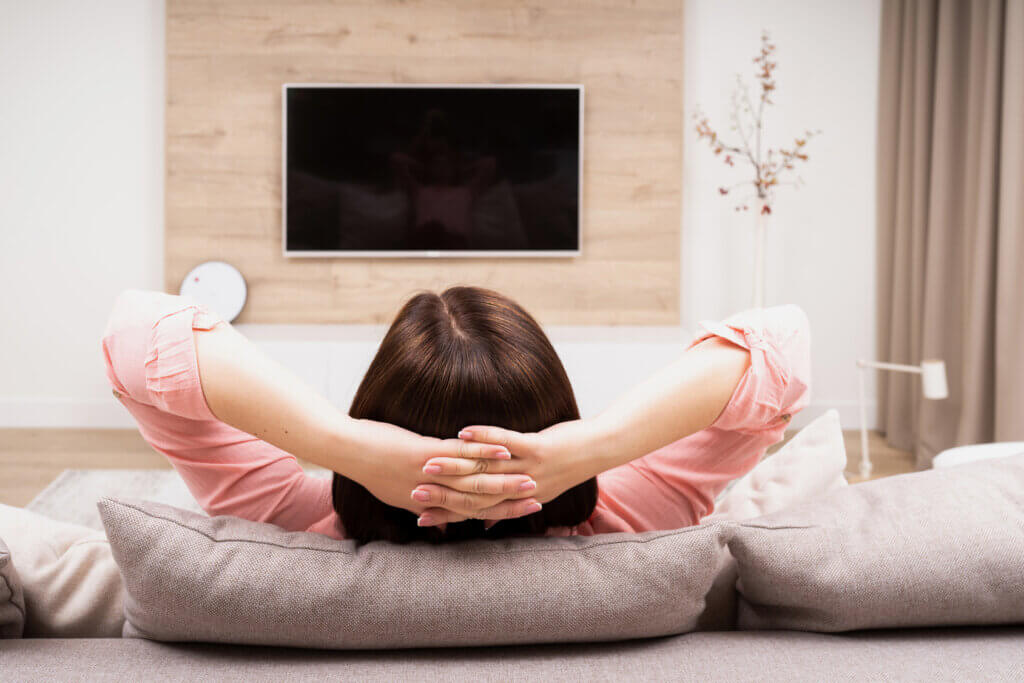
The different models
Different sizes, resolutions from Full HD to 4K or even 8K and different display technologies – the selection of LED TVs is wide.
The right size for everyone
The inch sizes for LED TVs usually range from 24 to 98 inches. The current average set in German households is 55 inches. The fact that the size of a TV, but also of all other screens, is given in inches is due to the fact that the metric system is widely used in Europe. However, many consumers are not very familiar with inch measurements, which is why the size of the screen diagonal is almost always indicated as well. This is the size of the screen without the frame. For a 55-inch TV, the screen diagonal is about 140 centimetres.
HD, Full HD and Ultra HD
LED TVs are available with different resolutions, more precisely HD, Full-HD and Ultra-HD. The simple HD resolution of 1,024 x 768 pixels (HD-ready), however, belongs to the older generation. Modern televisions therefore usually have Full-HD with a resolution of 1,920 x 1,080 pixels. Although this resolution also becomes outdated over time, it is still the standard in most households. In the near future, however, the standard will move towards Ultra-HD or 4K. The 4K resolution is four times higher than Full HD. Ultra-HD (UHD) has a resolution of 3,840 x 2,160 pixels and 4K – or 4K2K – a resolution of 4,096 x 2,304 pixels. Meanwhile, there are also TVs with an 8K resolution, which is 7,680 x 4,320 pixels.
The technologies: from LED to HDR
In addition, today’s LED TVs have different display technologies, also known as panels. In general, there are five different types:
- LED
- MicroLED
- OLED
- QLED
- HDR
LED
LED technology is currently the most widespread. In order for the picture to be displayed on the TV set, the pixels are illuminated with the help of LEDs. Compared to LCD panels, LED panels have better colour and contrast values; the brightness values are also significantly better. However, the black levels of simple LED panels are not optimal, but are rather displayed in grey or anthracite. First-generation LED TVs are usually equipped with so-called edge LED technology. Over time, so-called halos, i.e. bright spots, can appear on the screen. This effect is called “clouding” or torch effect and occurs because the LEDs are only on the edge of the screen. Newer LED technologies such as Direct- or Full-LED no longer have such an effect because the entire screen is equipped with LEDs.
Pro points
- Better colour, contrast and brightness values than LCD panels
- Power-saving
- Cost-effective
- Slim design
Drawbacks
- Black levels not ideal compared to newer LED panels
- Loss of quality depending on viewing angle
MicroLED
The latest LED technology, the successor to OLED technology, is called MicroLED technology. With this technology, the brightness values and colour quality are excellent, as are the black tones. As the most energy-efficient LED technology currently available, MicroLED technology is also convincing in terms of energy efficiency. Compared to simple LED technology, however, the response time of MicroLED technology is even shorter.
Pro points
- Most energy-efficient LED technology
- Excellent colour quality
- Optimum brightness and black levels
- Low response time
- Slim, lightweight design
Drawbacks
- Only rarely available
OLED
Modern LED technology currently still includes OLED technology. Here, every single pixel is illuminated with LEDs, which leads to a better picture quality than with conventional LED technology. Contrast values and black tones are almost perfect here. In addition, there is no more clouding with OLED panels. An OLED panel is also very energy-efficient, i.e. it consumes relatively little electricity.
Pro points
- Excellent colour, black and contrast values
- Low power consumption
- Slim design
Drawbacks
- Higher purchase costs compared to conventional LED models
- Deteriorating brightness levels after a certain period of use
QLED
QLED technology was developed by Samsung. It works with so-called quantum dots, which ensure optimal picture quality. Regardless of the viewing angle on the TV set with a QLED panel, the picture quality remains unchanged. Perfect black and contrast values as well as brilliant colour quality also characterise this technology.
Pro points
- Excellent picture and colour quality
- Perfect black levels
- Viewing angle independent
- Very low power consumption
Drawbacks
- Only available on Samsung models
HDR
HDR technology is not a hardware component, but a feature that can be integrated into every LED panel. The abbreviation HDR stands for “High Dynamic Range”, which provides even better contrast values. Since the technology is still relatively new, however, it is not yet widespread.
Pro points
- Improved picture quality through higher contrast values
- Can be integrated into any display technology
Drawbacks
- Currently still supported by few programmes
Ordinary flat screen or curved TV?
LED TVs are available in the commonly known flat screen form or as a so-called curved TV. This is a design in which the screen of the TV is curved. This version has only been on the market for a few years, but the hype about this type of screen is already flattening out. The manufacturers promised more intense impressions and more depth when watching films or gaming with this version, whereby colours and contrasts are supposed to be perceived better from a certain distance.
However, these effects only occur on TV sets with a size of 65 inches. For anyone who prefers an LED TV from 65 inches, a curved TV is at least worth considering. If the seating distance to the TV is right, contrasts and colours are perceived better than with the conventional, flat design. The disadvantage, however, is that users must sit in the centre of the TV set. If they look at the TV from the side, there is a loss of quality.
However, as TVs below 65 inches are currently preferred, manufacturers have reacted to the curved design and are increasingly concentrating on the production of conventional flat TVs again.
Pro points
- Chic design
- Viewers feel they are right in the middle of the film action
- Less reflections thanks to curvature
Drawbacks
- Requires more space
- Cannot be viewed from all angles
- Better effects only from 65 inches upwards
What matters when buying
In view of the variety of products, the decision to buy an LED TV is not exactly easy. After all, everyone has their own personal preferences for a TV set. To make the decision for the right LED TV easier, prospective buyers should consider the following criteria before buying:
- The space available
- The screen resolution
- The refresh rate
- Energy consumption
- Ease of use and range of functions
- The connection options
- Scope of delivery and accessories
The space available
Depending on the size of the TV, there must also be a corresponding amount of space in the room. 43-inch TVs, for example, can be used in small to medium-sized rooms, a 55-inch TV in medium-sized to large rooms. The dimensions of a 55-inch TV are about 125 centimetres wide and about 72 centimetres high. Especially with large televisions, it should be possible to maintain a sitting distance from the television. Depending on the resolution, a 55-inch TV should be between 2.10 and 3.50 metres away, and a 75-inch TV between 2.85 and 4.75 metres away.
The screen resolution
Depending on the size of the LED TV, consumers should opt for Full HD or Ultra HD. In general, the larger the TV, the higher the resolution should be. For a TV of 43 inches or less, for example, Full-HD is perfectly adequate. From around 65 inches, however, the Ultra HD or 4K resolution is worthwhile. Especially with higher resolutions and large TVs, HDR support would be advisable, because it is here that the better colour and contrast quality comes into its own.

The frame rate
The frame rate, also known as the refresh rate, is specified in hertz and tells how many frames per second are shown on the display. This value is especially important for gamers, because the higher the frame rate, the smoother the picture on the TV. For a 75-inch TV, for example, a frame rate of at least 100 hertz is recommended. Although some TVs have a much higher refresh rate, it is not certain that the difference is still noticeable at a frequency of more than 200 hertz.
Power consumption
Frequent users in particular should keep an eye on power consumption. In general, LED TVs are relatively energy-efficient, but the larger the model, the higher the power consumption. Furthermore, it depends on the respective LED technology: MicroLED technology is currently the most energy-efficient, but since this technology is not yet widespread, consumers should alternatively reach for LED TVs with OLED or QLED technology.
Connectivity
One of the most important buying criteria is the connections on the TV. The set should have at least three HDMI connections so that several devices, such as a game console, receiver, DVD player and home cinema system, can be connected simultaneously. The TV should also be equipped with at least two USB ports. These can be used to connect various storage media, such as an external hard drive. An SD card slot is an advantage for viewing photos and videos, but not absolutely necessary. Pay-per-view programmes, such as private HD channels, require a corresponding TV card – a CPI+ slot should be available for this. In addition, a headphone socket and a connection for external loudspeakers are useful.
Ease of use and range of functions
Almost every modern TV set is a so-called smart TV that can be connected to the Internet via LAN or WLAN. This smart function allows access to various streaming services. Users can use it to watch a film or any programme at any time, independently of the conventional programme. They can also surf the Internet via the TV.
The user-friendliness of a TV also plays an important role in the purchase decision. If the LED TV is equipped with many features, the remote control should contain all the important icons and be clearly laid out. In addition, the buttons should be sufficiently large. Ideally, the TV menu should be as intuitive as the remote control. If possible, consumers should be able to find their way around the menu without a manual.
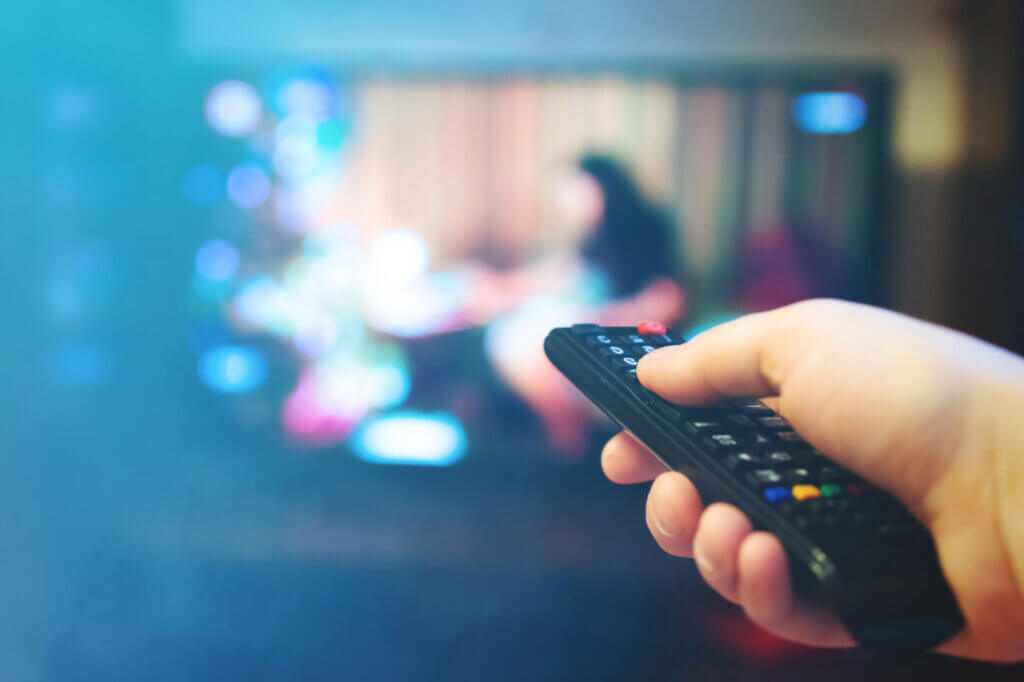
Scope of delivery and accessories
The scope of delivery includes, among other things, a remote control and all the necessary cables for setting up the LED TV. The HDMI cable is usually excluded from the scope of delivery, which means that consumers have to buy it separately. Other accessories include
- Wall mounts,
- home cinema systems ,
- soundbars,
- mouse and keyboard,
- external speakers,
- universal remote controls,
- hard disk recorders and
- Bluetooth headphones.
Cleaning and care of the LED TV
Even an LED TV needs to be cleaned from time to time. Dirt, but especially dust, can damage LED TVs over time. The back of a TV is a dust magnet. Dust quickly accumulates in the ventilation slots. To clean these vents, users can use a hoover with a special dust brush attachment or a soft microfibre cloth.
Caution when cleaning with a hoover
When removing dust with a hoover, it is advisable to minimise the suction power to be on the safe side. In addition, the television should never be vacuumed without this special dusting attachment.
No aggressive cleaning agents should be used when cleaning the display. There are now special cleaning cloths on the market for such screens that can be used both wet and dry. Such cloths are often included in the delivery. However, the display can also be cleaned with damp cloths. It is important that the LED TV remains switched off for at least 30 minutes after wet cleaning.

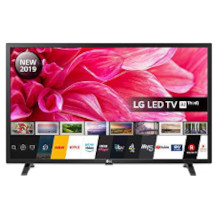
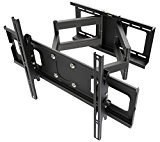
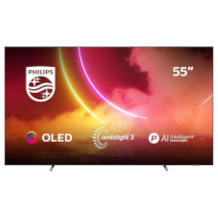
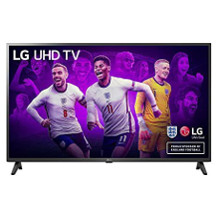
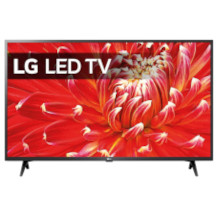
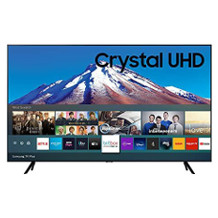
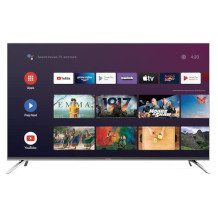
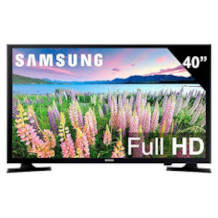
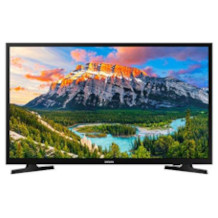
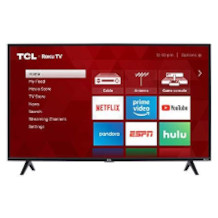
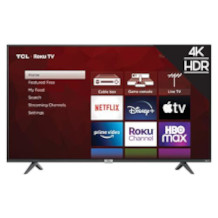
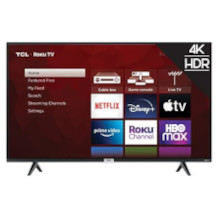
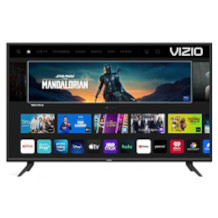
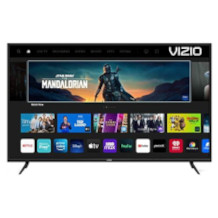

 no reviews
no reviews
